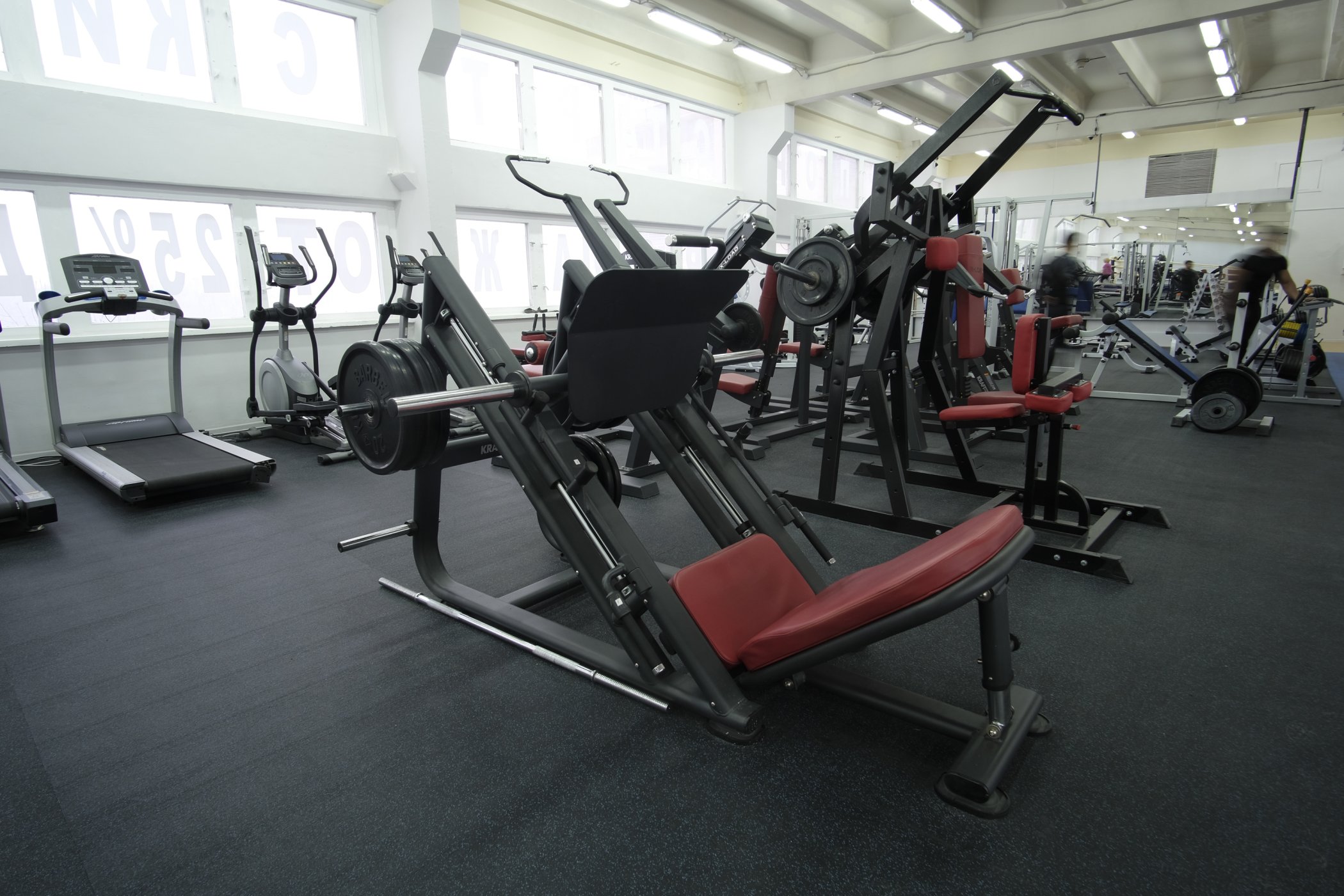As a gym owner, you know how important it is to keep track of the performance of your gym. Knowing which metrics are most relevant and how to measure them can help inform how to strategize more effectively toward the success of your business. Let’s look at key metrics that can make or break your gym.
To accurately track and measure the success of your business, be sure to include a metrics section in your gym business plan.
-
1. Revenue Per Member (RPM)
The RPM is a measure of how much revenue each individual member pays in dues and fees. This metric is essential in tracking, as it allows you to see where you may need to adjust membership rates or add additional services to drive additional revenue.
2. Retention Rate
The retention rate measures how many members remain with the gym over time. This number reflects customer satisfaction levels with your business. Keeping track of the retention rate offers an overall perspective of the experiences your customers have at the gym, whether positive or negative.
3. Cost Per Acquisition (CPA)
Cost per acquisition is a metric used to measure the cost of gaining new customers through different marketing channels; such as paid advertising, referrals, email campaigns, and other marketing tactics. Tracking CPA assists in determining which channels are most effective at driving customer acquisition. This knowledge allows you to focus on the marketing strategies that are producing healthy results.
4. Referral Rate
If members love their experiences at your gym enough to recommend it to others, tracking referral rates can be useful in better understanding what creates member satisfaction. Referrals often produce new customers; you’ll want to focus on generating referrals and retaining customer satisfaction levels.
5. Net Promoter Score (NPS)
The net promoter score is a measure of customer loyalty and satisfaction. This metric allows you to track the specific aspects of the gym experience that may need improvement by understanding where customers are most and/or least satisfied with the gym equipment, processes or services.
Tracking the key metrics outlined above can offer valuable insights into how your gym is performing and assist in pinpointing strategies that will position your business for long-term growth. By monitoring these metrics regularly, adjusting rates and services as needed, and making sure customers have a great experience at your gym, you’ll be well on your way to success.





